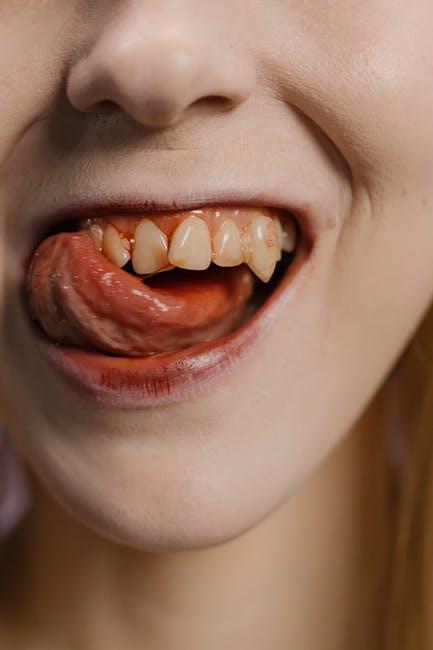
Does Medicaid Cover Dental? Orthodontics, Common Procedures & State Coverage
If you or a loved one rely on Medicaid for healthcare, you’re likely wondering: does Medicaid cover dental care? Dental health is a vital part of overall wellness, but coverage through Medicaid varies widely depending on where you live, your age, and the type of dental service you need. This guide dives deep into Medicaid dental coverage, including orthodontics, common procedures, and how states compare in their offerings.
Understanding Medicaid Dental Coverage
Medicaid is a joint federal and state program designed to provide health coverage to individuals with limited income. While dental care is essential, the federal government sets only minimum standards for Medicaid dental benefits. This means dental coverage varies significantly from state to state.
Key point: Medicaid must provide dental benefits for children under the Early and Periodic Screening, Diagnostic, and Treatment (EPSDT) benefit, but for adults, dental coverage is optional and determined by each state.
Medicaid Dental Coverage for Children
- Comprehensive dental benefits are mandatory for children under 21.
- Coverage typically includes diagnostic services, preventive care, fillings, extractions, and other necessary procedures.
- Orthodontic services may also be available if deemed medically necessary.
Medicaid Dental Coverage for Adults
- Adult dental coverage is optional and varies based on state Medicaid programs.
- Some states offer comprehensive adult dental plans, while others cover only emergency dental care.
- Commonly covered procedures might include extractions, dentures, and limited preventive services.
Does Medicaid Cover Orthodontics?
Orthodontics, such as braces or Invisalign, can be a costly treatment, so many people wonder if Medicaid covers these services.
- For children: Medicaid often covers orthodontic treatment if it is medically necessary, for example, to correct severe misalignment that affects speech or eating.
- For adults: Orthodontic coverage is rare and usually not included in Medicaid benefits unless it is medically required and not deemed cosmetic.
Coverage for orthodontics varies widely, so it’s essential to check with your state Medicaid office or dental provider for specific rules and documentation requirements.
Common Dental Procedures Covered by Medicaid
Medicaid dental benefits—especially for children—usually cover a range of procedures. Here’s a snapshot of common dental services and their Medicaid coverage status:
| Procedure | Children Coverage | Adult Coverage (Varies by State) |
|---|---|---|
| Dental Exams & Cleanings | Covered | Often covered |
| Fillings | Covered | Sometimes covered |
| Extractions | Covered | Usually covered, especially for emergencies |
| Root Canals | Covered | Varies |
| Dentures | Rare for children | Covered in many states |
| Orthodontics | Medically necessary only | Rarely covered |
State-by-State Medicaid Dental Coverage Overview
Each state manages its Medicaid dental program independently, leading to diverse coverage levels:
- States with comprehensive adult dental coverage: California, New York, Texas, and Washington.
- States with emergency-only adult dental benefits: Alabama, Kansas, and South Carolina.
- States with limited adult preventive care: Florida, Arizona, and Nevada.
Because state Medicaid plans vary, the best approach is to consult your state’s Medicaid dental program rules or use the official Medicaid state agency directory.
Benefits of Medicaid Dental Coverage
- Reduced out-of-pocket costs: Medicaid covers many routine and medically necessary procedures, reducing financial barriers.
- Access to preventive care: Regular cleanings and exams help prevent dental issues before they worsen.
- Improved overall health: Good oral health supports overall well-being, impacting chronic diseases such as diabetes and heart conditions.
Practical Tips for Using Medicaid Dental Benefits
- Verify providers: Check if your dentist accepts Medicaid before booking an appointment.
- Know your state’s specific benefits: Contact your state Medicaid office or review the benefits handbook online.
- Schedule regular visits: Stay on top of preventive care to avoid costly treatments later.
- Provide documentation: For orthodontic coverage, be prepared to submit medical necessity forms if required.
Real-Life Case Study: Navigating Medicaid Dental Coverage
Jessica, a mother of two in Ohio, wanted braces for her 12-year-old son due to severe overcrowding causing speech difficulties. She reached out to Ohio’s Medicaid dental program and learned that orthodontics were covered if medically necessary. After her son’s dentist submitted documentation, Medicaid approved the braces treatment, significantly reducing the family’s financial burden.
This example highlights how proactive communication and understanding your state’s Medicaid dental benefits can unlock valuable services.
Conclusion
Does Medicaid cover dental? The answer is: it depends. While dental benefits for children are federally mandated and typically comprehensive, adult dental coverage varies widely by state and may be limited to emergency services or specific procedures. Orthodontics coverage through Medicaid is generally limited to cases of medical necessity, particularly for children.
Understanding your state’s Medicaid dental plan and the scope of covered services can help you maximize your benefits and maintain a healthy smile. Always verify coverage details with your Medicaid office and dental provider to avoid unexpected costs.
If you’re seeking Medicaid dental coverage, start by researching your state’s available benefits and scheduling routine preventive dental visits. In doing so, you’ll help protect your oral health without breaking the bank.


